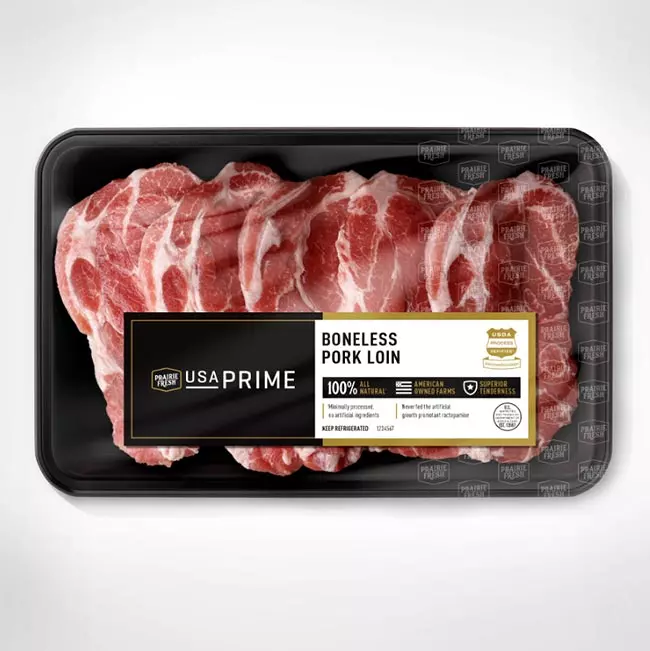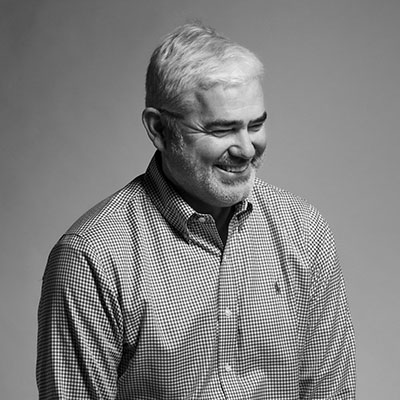For decades, food and beverage manufacturers have used the word “good” to describe their products’ taste.
Kentucky Fried Chicken was “Finger lickin’ good.” Maxwell House tasted “Good to the last drop.” And we believed that “With a name like Smucker’s, it has to be good.” Then that big mouth Tony the Tiger one-upped good by boasting “They’re grr-r-reat!”
The only “good” that mattered was taste.
But in an increasingly commoditized market, good taste alone isn’t always enough. Brands started pitching their offerings as “good and good for you.” Wheaties boasted “the goodness of 100% whole grain,” and all sorts of boxed and canned products claimed to be “naturally good.”
Today, food and beverage brands’ claims of “good” span an increasingly broad range: from “good ingredients” — like organic, gluten-free or dozens of other classifications — to “good production” — like small batch, baked not fried or no MSG. “Good” can describe how brands source products like “fair trade.” It can also refer to social “good,” like Ben & Jerry’s and other brands that promote issues that demonstrate their corporate social responsibility (CSR), like living wages or jobs for ex-convicts. And today, “good” frequently refers to a product’s impact on the environment. Notice how many restaurants now list the carbon footprint beside their entrees or include claims like “locally sourced.”
Defining “good” no longer results in one unified answer. Nor does one definition of “good” appeal to every audience. Matching the right appeals to the right audiences is critical to build affinity and loyalty with food and beverage brands today.
At Bader Rutter, we work with three food brands that take three different approaches to defining “good.”
Prairie Fresh USA Prime® uses “good” to elevate the brand above commodity.
This is the company’s highest-quality, most premium fresh pork as defined by industry-leading predictive technology. First, it machine-identifies the top tier, and then it hand-selects premium cuts based on marbling, color and tenderness. The result is a new classification for pork that tastes consistently exceptional (we know; we’ve enjoyed it). This is “good” as a pure taste and quality play.

Bunch Bar takes a community service approach to “good.”
These plant-based protein bars feature all-natural ingredients and taste delicious, but the “good” they focus on is social good. For every 10 bars sold, Bunch Bars donates two bars to people in need. In a time of rampant food insecurity, Bunch Bars’ mission of “goodness” resonates with a large audience eager to put their money where their values are.

Finally, there’s the ingredient-focused “good” of GoodSport: a new sports drink that only uses natural ingredients.
Specifically, it creates exceptional hydration, naturally, from the goodness of milk. This radically innovative beverage also boasts the “goodness” of being upcycled. Some beverages ultrafilter their milk to increase their balance of proteins and fats. GoodSport uses the clear liquid removed to create its electrolyte-dense foundation. The result is scientifically proven to provide more hydration over a longer period. #GrabTheGood indeed.

Among our own client brands, that’s three food and beverage products with three definitions of “good.”
Audiences hunger for “good” in all forms. And today, there are more ways to express your product’s specific interpretation than ever before. Food and beverage brands must invest strategic thinking in defining their specific styles of “good” and then sell and celebrate it at every opportunity.
Give the people what they want. Today, they want something good.
We’d love to talk about your brand. And how we might make your good known.
About the Author
Dennis Ryan has spent decades selling food and beverages across every aisle of the grocery store. He has worked with every major food company, promoting brands in boxes, bottles and cans, from Aquafina to Zero Calorie Propel. The bulk of his career was forged by Chicago’s vibrant consumer packaged goods focus and, along the way, he’s worked for all the giants: PepsiCo, Unilever, Kraft Heinz, Conagra and General Mills.
He joined Bader Rutter as the executive creative director of the Chicago office, charged with expanding the agency’s food and beverage practice.

